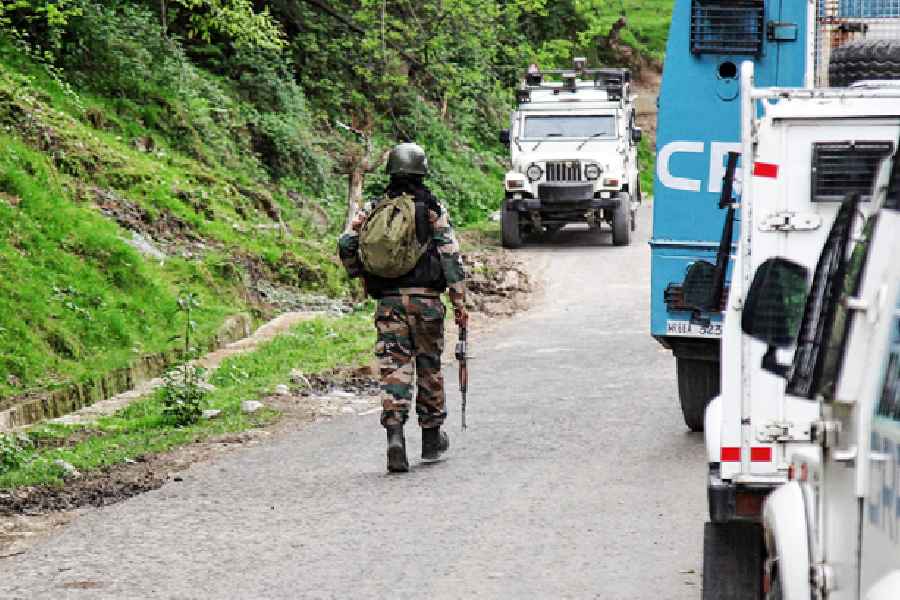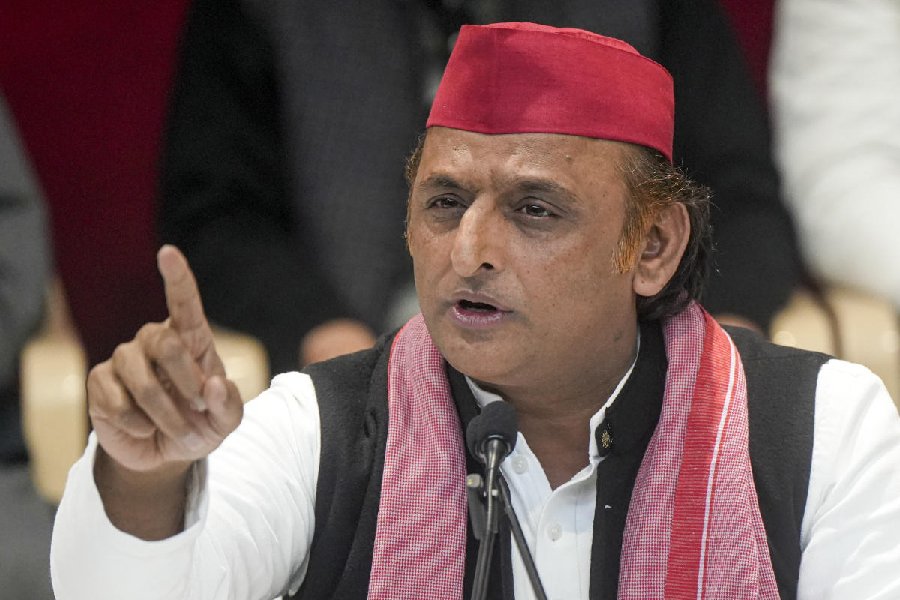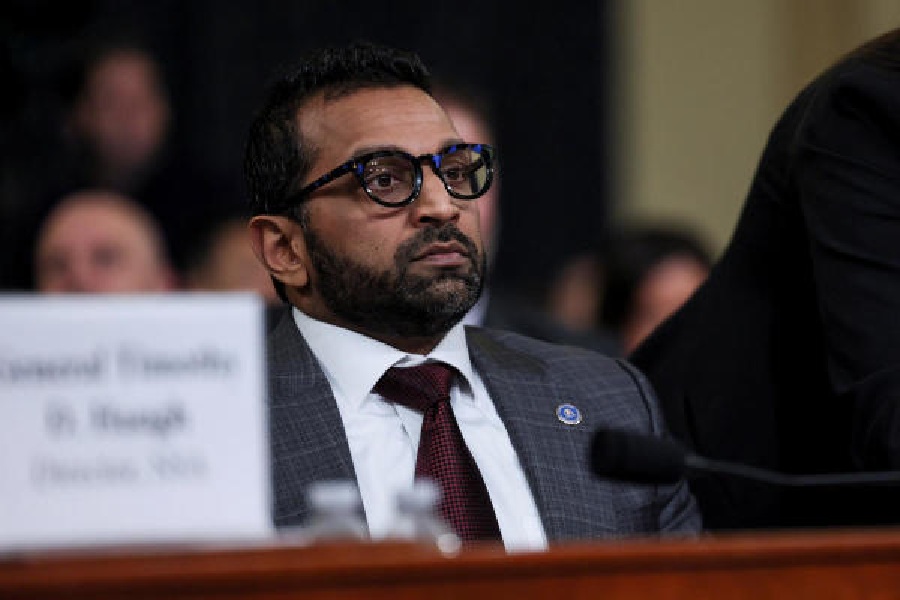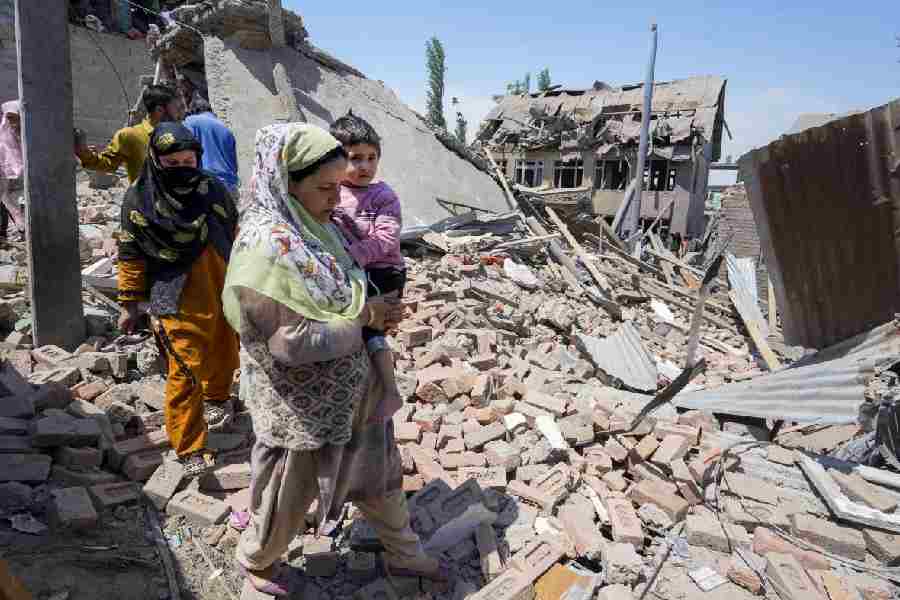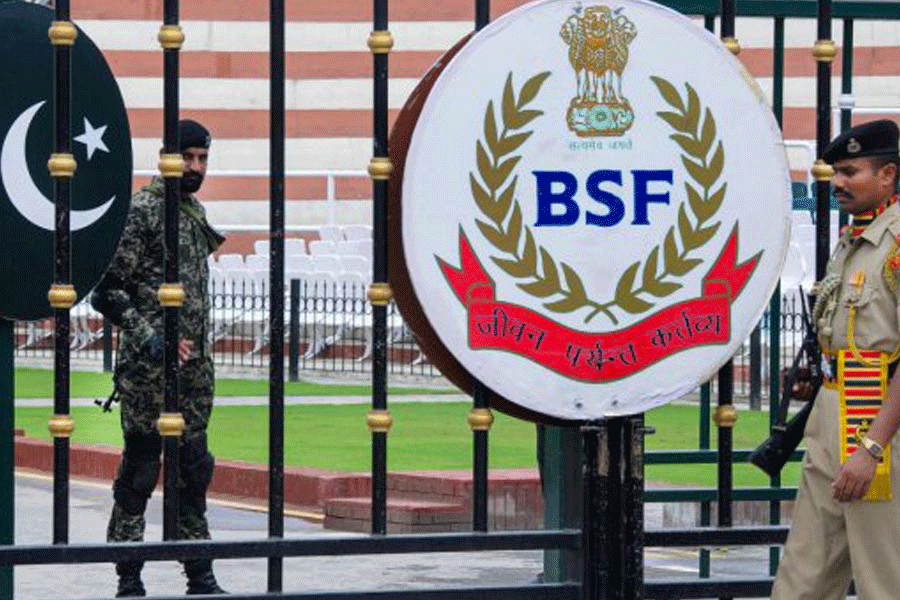 |
The grim fact first: Bengal has around four lakh cancer patients and 90,000 new cases are registered every year.
Most of the patients were forced to seek treatment in Mumbai or south India because Calcutta didn’t have the advanced facilities.
That was until industrialist Ratan Tata inaugurated Tata Medical Center at New Town on May 16, 2011. The Rs 340-crore, 160-bed facility run by the Tata Trust has now planned to add new wings — a six-storey building adjacent to the existing one.
“We have plans for 250 additional beds in the second phase (of expansion),” said Mammen Chandy, medical director of Tata Medical Center.
Metro takes a peek at the facilities on offer.
Tomotherapy
A high-precision radiation therapy that helps destroy cancer cells. It minimises damage to normal tissues and lessens side effects. The procedure is commonly used to treat cancers in the lungs, head and neck, breasts and prostate.
Doctors say tomotherapy is useful in treating deep-seated tumours. “If a tumour is deep inside the body, chances of cell damage are more because the radiation for treatment will penetrate through many layers of tissues. Since tomotherapy is precision-guided and targets only malignant cells, damage to normal cells is minimal,” a doctor explains.
The equipment scans the body during radiation therapy, giving the doctors an instant image of the area that needs to be targeted.
Officials said the Tata hospital had invested Rs 16 crore to install the tomotherapy machine and a highly-trained team of 15 specialists is being employed to operate it.
Cytogenetics and molecular genetics
Chromosome defects in cells in blood, breast, lung and other cancers are studied at the cytogenetics laboratory. Blood or tumour cells are extracted and analysed with the help of a cytogenetics analyser. “The detected chromosome defects help in the diagnosis and treatment of cancer,” the head of laboratory services, Deepak Kumar Mishra, said.
The analysis takes about two to seven days. “Diagnosis and prognosis are more accurate than normal biopsy. It helps prepare the treatment protocol,” Mishra added.
The molecular genetics laboratory studies DNA and RNA for abnormalities that cause cancer. This is effective for leukaemia and cancer of the lungs, colon and breasts. “Molecular studies are effective in types of cancers where chromosomes are normal but genes are not,” Mishra said.
Test results will be ready in one to seven days.
“Hitherto, samples were sent to Mumbai, Delhi or other centres for analysis. Results may not be accurate because samples degenerate during long-distance transportation,” an official said.
Nuclear medicine
Radioisotopes are used to treat thyroid cancers. “Other hospitals in the city do have nuclear medicine facilities but use them for diagnostic purposes,” an official said. At present, thyroid cancer patients have to go to Mumbai for treatment. The Tata hospital will soon start radio-guided surgery to treat tumours embedded deep in the human body. This will ensure precision surgery and cut the risk of damaging normal cells.
For the poor
Tata’s renowned corporate responsibility is followed diligently at its Calcutta hospital, offering subsidies and free treatment to patients from economically weaker sections. A case in point is Aditya Sharma, the 10-year-old son of Dhanbad-based carpenter Srikant who earns Rs 4,000 or so per month. Aditya has leukaemia and he was referred to Tata Medical Center by a hospital in Jamshedpur.
“The bill came to more than Rs 2 lakh. I could pool in Rs 20,000 and nothing beyond. The Tata authorities wrote off the rest of the amount,” Srikant said.
For the record, 8,336 poor patients got free treatment at the hospital over the past 11 months while more than 21,000 patients were offered subsidies. Several patients unable to afford the Rs 21-lakh price tag on a bone marrow transplant were allowed to pay just Rs 2 lakh for the treatment. For children suffering from leukaemia, the average write-off is Rs 2 lakh.
The hospital has spent Rs 4 crore to provide subsidy to poor patients. “Of this, only Rs 1.6 crore was raised from donors,” a hospital official said. The hospital runs a monthly deficit of Rs 1.5 to Rs 2 crore, forcing it to raise funds from individuals, corporates and organisations. Tata Trust is building a corpus of Rs 300 crore, the interest of which will be spent on welfare of the poor.
Expansion plans
Other than 250 additional beds, the hospital’s Rs 200-crore second unit will have three more advanced radiotherapy machines called Linear Accelerator in addition to the two machines in the “old” building. Each of these costs Rs 12 crore.
A two-acre plot is being earmarked for a research centre on leukaemia, cancer causes, preventive oncology and other types of cancers. Prem Ashray, a shelter for poor patients and their relatives, will be ready by 2014. It can accommodate 400 people.





